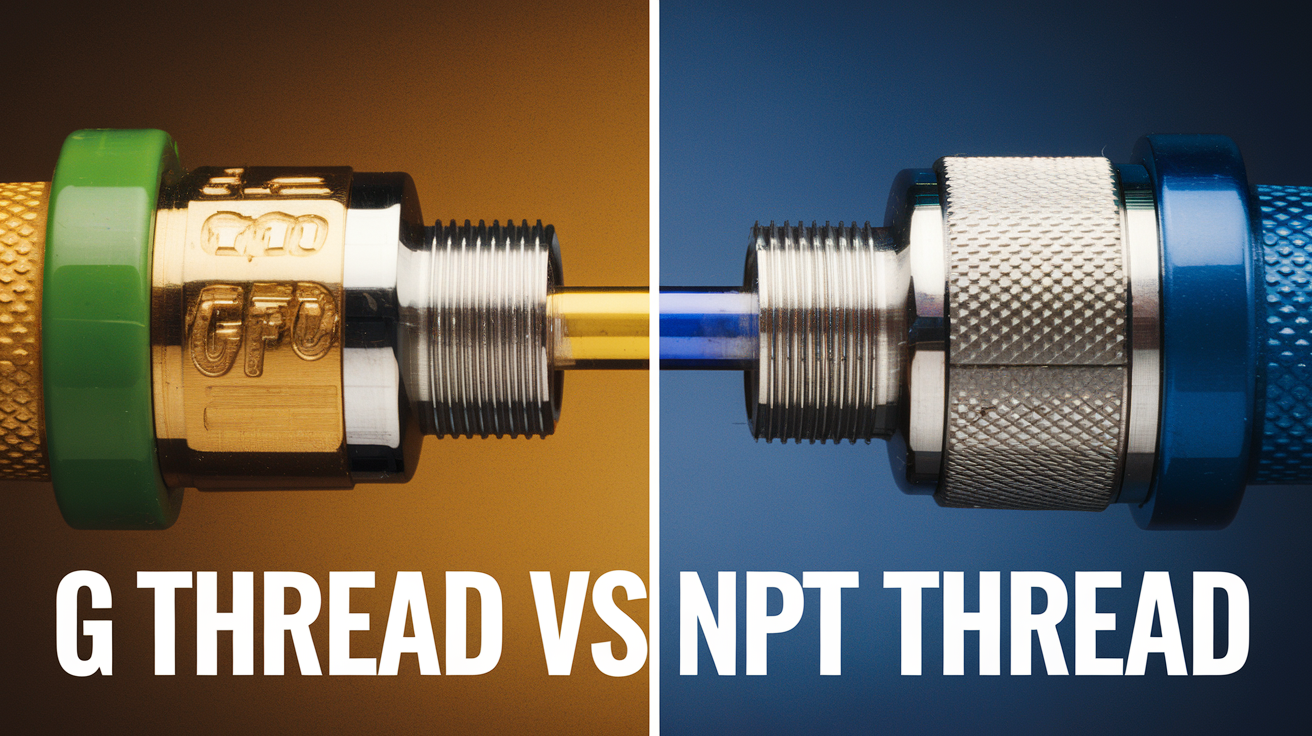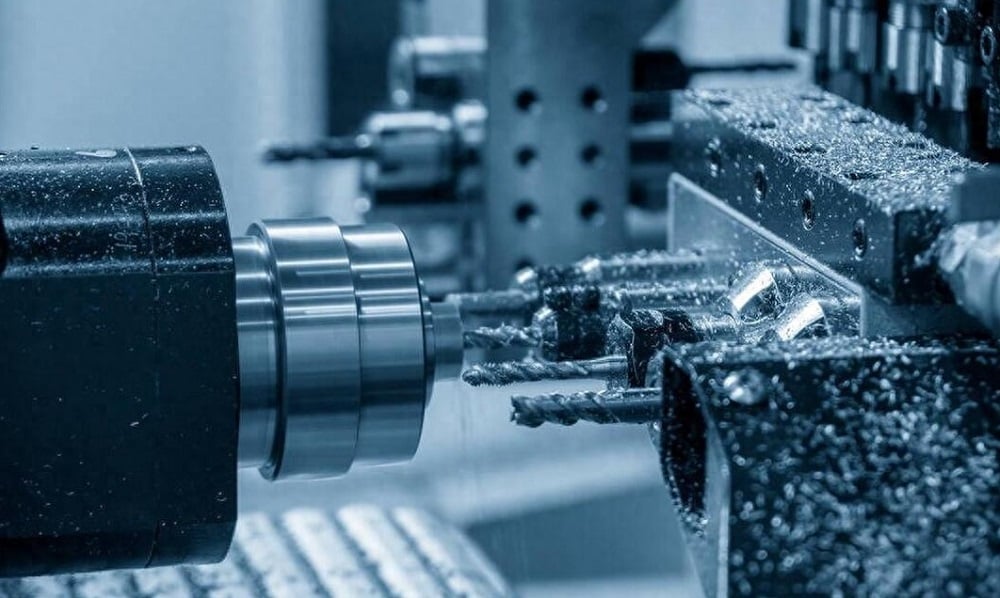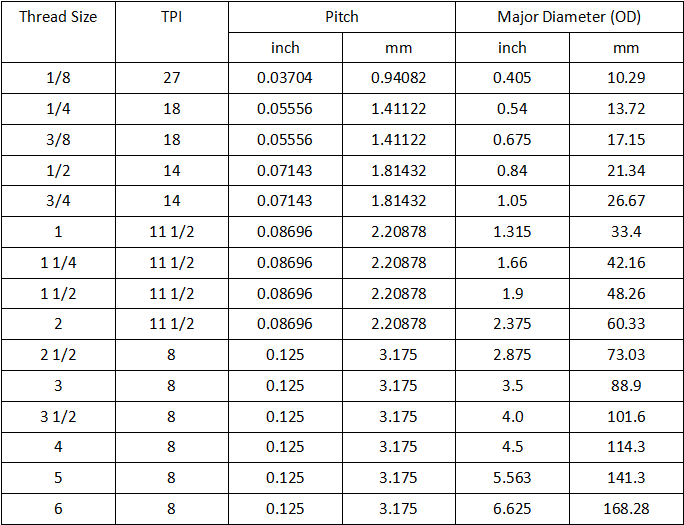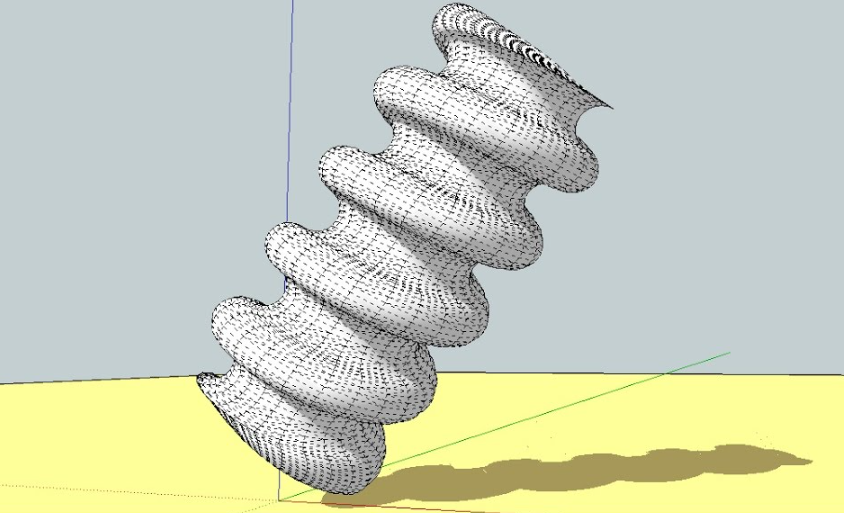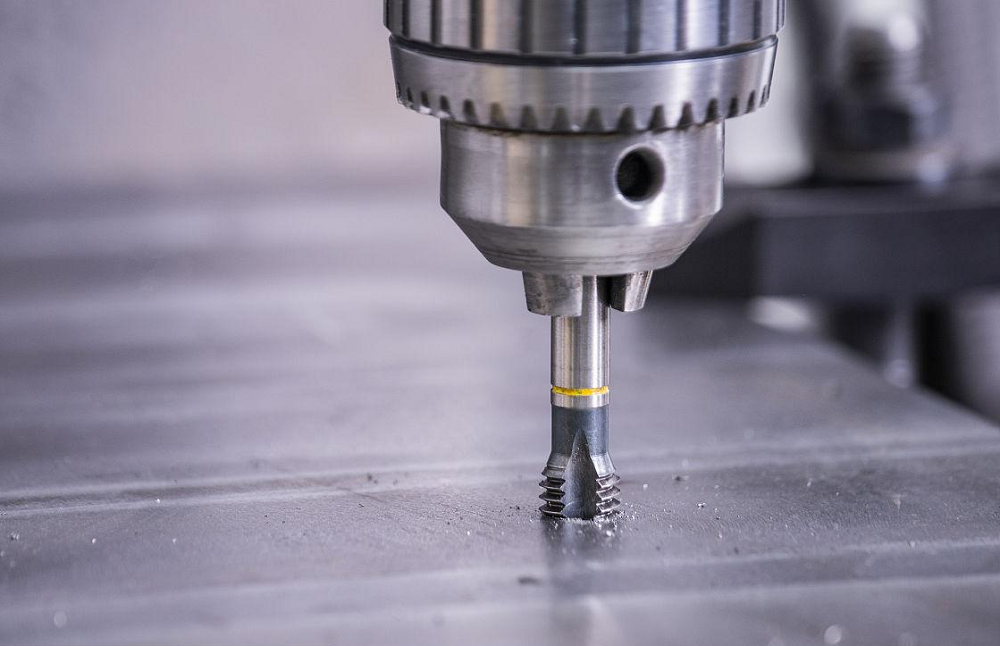Before creating NPT threads in a pipe or fitting, you first need to drill a hole of the correct size, which corresponds to a specific tap drill size. What size drill bit for a 1/4 NPT tap? This article covers the standard NPT tap drill sizes in both metric and imperial units, helping you select the correct drill size for your pipe thread projects. Additionally, we provide clear comparisons between NPT and two related thread standards: NPTF and PT, explaining their differences, compatibility, and more.
What Is NPT in Plumbing?
The full form of NPT is National Pipe Taper, which is a tapered thread used mainly for pipe fittings. Unlike regular straight threads, NPT threads usually get narrower as you go deeper into the hole. The taper or angle helps create a solid connection that can resist vibrations. NPT taps are the cutting tools used to create internal threads in a hole that conform to the National Pipe Taper standard. NPT taps are commonly used in plumbing, gas systems, and industrial piping to ensure the best connections for liquids and gases.
What Is the Taper Rate and Angle of an NPT Thread?
The taper rate for NPT and NPTF threads is defined as 3/4 inch per foot and 1/16 inch per inch of length, while the angle between the taper and the center axis is approximately 1 degree 47 minutes 24 seconds (1.7899°).
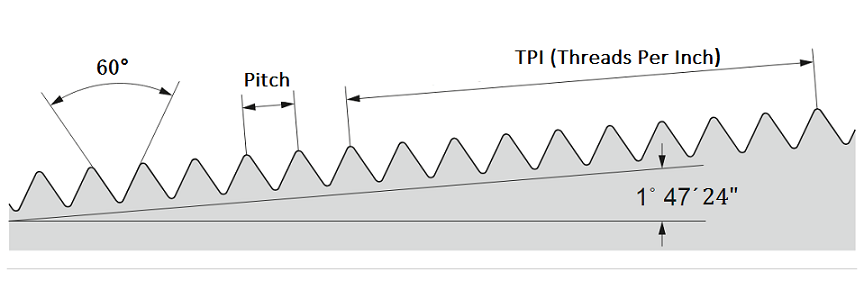
When to Use an NPT Tap?
Use an NPT tapered tap when you need to create threads for pipe fittings that must be watertight or airtight. For example, if you are tapping a hole in a water barrel to attach a fitting for water drainage, you need a seal that won’t drip or leak. NPT threads can ensure the fitting tightens securely and seals perfectly. If you just want to insert a bolt or a straight fastener that does not need to seal liquid or gas, you would use a straight-thread tap instead.
Can You Reuse the NPT Fittings?
It is not recommended to reuse NPT fittings to avoid galling or leakage. Generally speaking, do not reuse more than 3 times.
How to Use an NPT Tap?
1. Before tapping, drill a hole that fits the tap size. For thicker materials, you might need a larger step drill or a regular drill bit.
2. Use a wrench to turn the tap slowly. Make sure the tap goes in straight to avoid crooked threads.
3. Most of the taper is near the tip of the tap. Stop tapping when you reach the tapered area (usually not the full length of the tap). You can always go deeper if needed, but you can’t put material back.
4. Screw your fitting in. It should start loose and then tighten as it goes deeper, feeling snug at the tapered part. This means the threads are sealing properly.
5. Once fitted, fill the container with water or pressurized air to check if it seals perfectly without any drips.
NPT vs NPTF – NPT and NPTF Difference and Compatibility
Both NPT (National Pipe Thread) and NPTF (National Pipe Taper Fuel) have the same taper and thread pitch, so they look very similar and fit together. However, there are a lot of differences between NPTF and NPT threads, taps, and fittings.
1. Thread Design and Mechanism
NPT threads seal only on the thread flanks with some clearance between crests and roots, which allows fluid to leak unless sealant is used. In contrast, NPTF threads have a special design where the crest of one thread crushes into the root of the mating thread, creating a metal-to-metal interference fit that blocks the leak path and provides a dry, pressure-tight seal without sealants.
2. Purpose and Application
NPT threads are commonly used for general mechanical or low-pressure air and fluid applications. They require the use of thread sealants like tape or paste to prevent leaks because the threads themselves do not create a completely tight seal. NPTF threads, also called dryseal threads, are designed for applications where a leak-free seal is critical, such as fuel or high-pressure systems. They create a mechanical seal without needing any sealants because the threads are made to fit tightly and crush together, eliminating leakage paths.
3. Standard
NPT is an American general-purpose tapered pipe thread based on the ANSI/ASME B1.20.1 standard/specification, while NPTF is a dryseal American tapered pipe thread based on the ANSI/ASME B1.20.3 standard/specification.
4. Tolerance and Thread Dimensions
NPTF threads have tighter manufacturing tolerances and slightly smaller minor diameters than NPT, even though the taper and major diameter remain the same. NPTF threads have shallower thread roots to ensure the interference fit needed for dry sealing.
5. Sealant Usage
NPT connections always require a thread sealant like PTFE tape or pipe dope to make the connection leak-proof. NPTF installations do not necessarily need a sealant. However, if NPTF fittings are reused or mixed with NPT fittings, sealant may still be necessary.
6. Quality Inspection
For NPT threads, checking the thread quality during installation is relatively simple. You typically use a “Go” or “No Go” gauge to quickly verify if the threads are within acceptable limits. On the other hand, NPTF threads require a more detailed and precise gaging process to ensure they meet the stricter NPTF thread standards. This involves using two different thread plug gauges for internal threads and two different ring gauges for external threads.
Are NPT and NPTF Interchangeable?
No, they can’t be used interchangeably, especially in systems with high sealing requirements, such as fuel and gas pipelines.
Are NPT and NPTF Threads Compatible?
Yes, you can use NPT and NPTF threads together. However, to achieve a reliable seal, it is necessary to use a sealant and ensure that the threads are clean and free of damage. In high-pressure or critical systems, it is recommended to use a special adapter and perform a pressure test after installation.
NPT vs PT: What Are the Differences
PT threads or fittings here refer to the Japanese standard tapered pipe thread.
1. Standard
NPT threads follow the American ANSI standard (GB/T12716-1991 for Chinese standard reference), so NPT fittings are common in North America and regions that adopt American standards. PT threads follow the Japanese JIS standard (GB/T7306-2000 in the Chinese standard system), and are popular in Asian countries that follow Japanese industrial standards.
2. Thread Angle and Profile
NPT threads have a 60° thread angle, while PT threads have a 55° thread angle. This means the shape of the thread profile is slightly different, which affects how the threads fit together and seal.
3. Number of Threads Per Inch (TPI)
The number of threads per inch, also known as TPI, is also different. For example, a 3/8 PT thread has 19 threads, and a 3/8 NPT has 18 threads. Because NPT fittings have coarser threads than PT, they are more robust and more suitable for larger pipes and higher pressures.
4. Dimensions
The basic major diameter of NPT threads will be slightly larger than that of PT threads.
5. Common Applications
NPT threads are widely used in industries handling high-pressure fluids or gases, such as oil and gas pipelines, hydraulic and pneumatic systems, and fire suppression systems. PT threads are mostly used in low- to medium-pressure hydraulic, pneumatic, and water systems, often involving smaller pipes.
NPT Tap Drill Sizes (Dimensions) Chart
Tap drill dimensions refer to the diameter of the hole drilled before the threads are cut; these are always smaller than the major diameter of the threads. For example, a 1/2″ NPT thread has a major diameter of about 0.84 inches, but the 1/2″ tap drill size might be around 0.70 inches. You can find more drill sizes for an NPT tap in both metric and imperial measurements. For example, the 1/4 NPT drill size is 7/16 inches or 10.7 mm.
Imperial NPT Tap & Drill Sizes Chart in Inches
| Tap Size | TPI | Drill Size (inch) |
|---|---|---|
| 1/16-27 | 27 | D |
| 1/8-27 | 27 | Q |
| 1/4-18 | 18 | 7/16 |
| 3/8-18 | 18 | 37/64 |
| 1/2-14 | 14 | 23/32 |
| 3/4-14 | 14 | 59/64 |
| 1-11-1/2 | 11-1/2 | 1-5/32 |
| 1-1/4-11-1/2 | 11-1/2 | 1-1/2 |
| 1-1/2-11-1/2 | 11-1/2 | 1-47/64 |
| 2-11-1/2 | 11-1/2 | 2-7/32 |
| 2-1/2-8 | 8 | 2-5/8 |
| 3-8 | 8 | 3-1/4 |
| 3-1/2-8 | 8 | 3-3/4 |
| 4-8 | 8 | 4-1/4 |
Metric NPT Drill Sizes Chart in MM
| Nominal Size | TPI | Tapping Drill Size (mm) | Pitch (mm) |
| 1/16″ | 27 | 6.00 | 0.941 |
| 1/8″ | 27 | 8.25 | 0.941 |
| 1/4″ | 18 | 10.70 | 1.411 |
| 3/8″ | 18 | 14.10 | 1.411 |
| 1/2″ | 14 | 17.40 | 1.814 |
| 3/4″ | 14 | 22.60 | 1.814 |
| 1″ | 11.5 | 28.50 | 2.209 |
| 1-1/4″ | 11.5 | 37.00 | 2.209 |
| 1-1/2″ | 11.5 | 43.50 | 2.209 |
| 2″ | 11.5 | 55.00 | 2.209 |
| 2-1/2″ | 8 | 65.50 | 3.175 |
| 3″ | 8 | 81.50 | 3.175 |
| 3-1/2″ | 8 | 94.30 | 3.175 |
| 4″ | 8 | 107.00 | 3.175 |
| 5″ | 8 | 134.384 | 3.175 |
| 6″ | 8 | 161.191 | 3.175 |
| 8″ | 8 | 211.673 | 3.175 |
| 10″ | 8 | 265.311 | 3.175 |
| 12″ | 8 | 315.793 | 3.175 |



